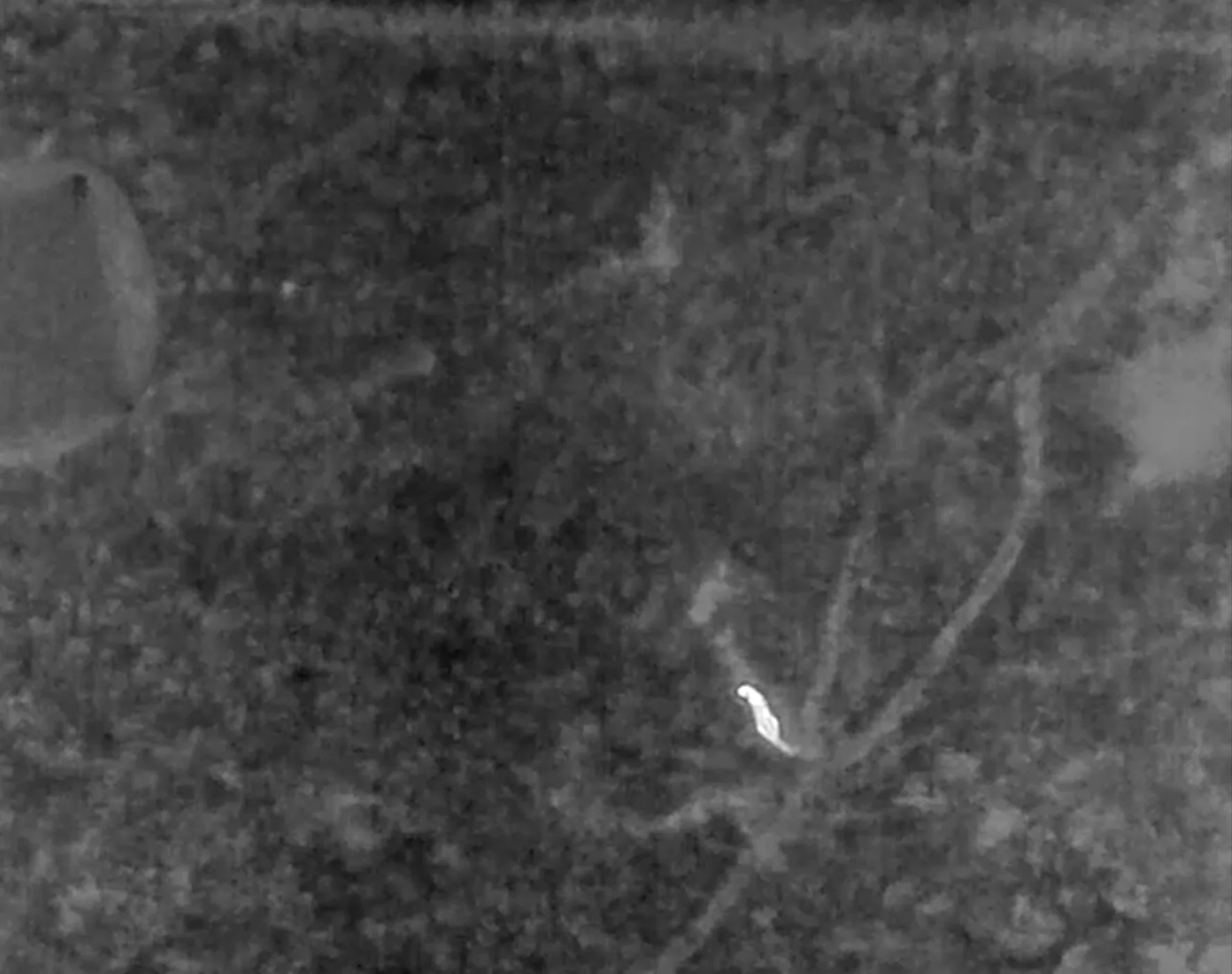Entry Rencontres Internationales Paris/Berlin (2025) - Biography and Synopsis ‘Origins’
Dominique Somers (Belgium, °1969) studied photography and followed a post-graduate training in audiovisual arts in Antwerp. In 2021, she received a PhD degree in the philosophy of arts at the University / Doctoral School of Arts in Ghent. For fifteen years, she has been a curator and collection researcher at the Museum of Photography in Antwerp. She was involved with SecondRoom and still is with Violet, two artist-run platforms for contemporary art. She worked as an artistic assistant at the photography department of KASK Ghent (2013-2021). In 2021-2022, she conducted a research project at AP School of Arts (Antwerp) on the linkage between photography and nuclear physics. At present, she is active as a lecturer and artistic researcher at PXL-MAD School of Arts in Hasselt. Her current project, Speculative Worlds, focuses on areas where science and fiction meet to create new, “imaginary” worlds and on aspects of theoretical photorealism. She writes about the photographic medium and teaches the history of photography and artistic approaches in contemporary photography. Her work has featured in several national and international solo and group shows, i.a. at cchasselt (2024), Violet art space (2023, 2022), Lichtfestival Ghent (2021), Deweer Gallery Estate (2021), art@CMS CERN/UGhent (2019), Rencontres d’Arles (2019), Ryerson University Toronto (2017), Joey Ramone Gallery Rotterdam (2016), SMAK Ghent (2016), FOMU Antwerp (2025, 2019, 2018, 2015), Aperture Gallery New York (2017), Paris Photo (2016), Stilll Gallery Antwerp (2015, 2014), Arte Santander (2014), Poppositions Brussels (2014, 2013), Fotomuseum Winterthur (2013), London Drawing Center & Essex University Gallery (2012), M HKA Antwerp (2011, 2009, 2008), Norwich Video Festival (2007). Her artist book 00A (A.P.E., Ghent) was nominated for the First Published Book Award op Rencontres d’Arles, Paris Photo en Aperture Gallery New York. For 2024-2026, she received a work grant from the Flemish Community.
In general, Somers’ practice can be characterized as a form of research in which she probes into automated image processes, the relationship of visual media to (deep) time, intersections between art and science, and the mechanisms of controlled observation, registration and archiving. For her experiments, she initiates collaborations with research institutes such as CERN in Geneva (CH), the Lightning Lab in Abingdon (UK) and the nuclear center SCK-CEN (B). She regularly grafts her artistic research on historical sources from archives that preserve images for evidentiary purposes, for instance the collections of the federal police, cultural heritage museums or scientific study facilities. She also explores these archives to examine the media-archaeology of the optical tools and technologies involved in research-driven image-making. By constantly reevaluating the various (f)actors involved in the creation of technical images – nature, man, machine -, she tries to set out a line for an expanded and more dynamic approach to what vision and visibility as time-sensitive and cultural concepts can mean today. She seeks connections between scientific and artistic modes of perception through strategies to reanimate collected source material from a counter-perspective, where preserving and disappearing meet and science collides with fiction.
The videowork Origins (2025) is based on two short recordings made with a thermal drone camera to study the behaviour of nocturnal animal species in the far North of Europe. From an overhead perspective, the footage shows disrupted snippets of several unidentified creatures foraging and moving about in the undergrowth of what seems to be a dense forest. Or do they merely exist in the blur of the pixelated images, as rudimentary forms of animation? Aspects of reality, naturalness, time, space, scale and purpose are left behind as what is represented dissolves into its basic technical components (pixel, greyscale, noise, glow). The recording process itself permeates the image to such an extent that it becomes unclear whether what we see reflects a natural phenomenon or has been created by the technology of the apparatus.
Origins thus touches upon the relationship of biological life (and optics) to the technological production of appearance. The work reflects Somers’ interest in tracing how technically produced images change the ways in which we relate to our surroundings and how we position ourselves in this new environment. While automated optical devices progressively distance themselves from human agency, we increasingly experience, evaluate, and act in function of the images these devices produce. By looking from more experimental angles into our place and history in the world as a species, she examines if this might engender more attentive ways of behaving, a deepened sense of connectedness with other forms of life, or an awareness of the vital role (visual) technologies can play in all this. The suggested ‘origins’ refer to a number of possibilities. In the perceptual gaps, continuity errors and white noise, different narratives emerge and evaporate at the same time. New forms of vision and imagination open up, where there is room for surprising encounters and speculations.
